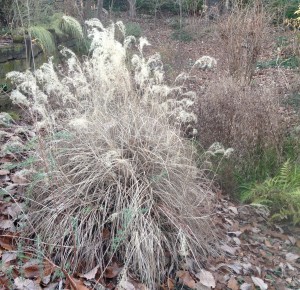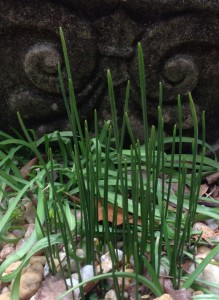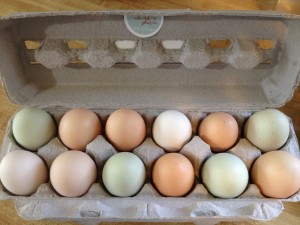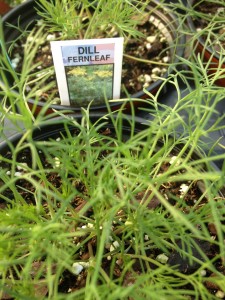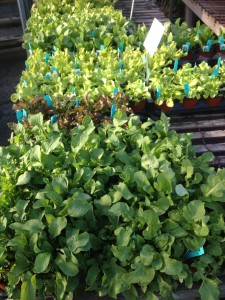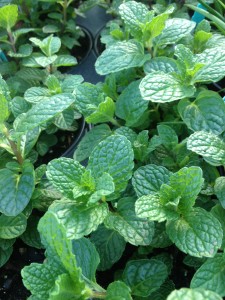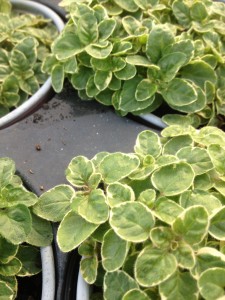The last month has been like nothing we’ve ever seen in our 30 years in business. Because of the threat of COVID-19, quite a few people have asked if we could list the vegetable and herb plants that we have in stock at any given time.
This post serves as the list of most of the vegetables and herbs we carry, but please be aware that availabilities and amounts of plants in stock can change quickly from one day to another.
Our social distancing is being strictly enforced. We ask all of you to maintain the 6’ distancing between others at all time. Please be aware of everyone around you, and remember this is for others health as well as your own. Gather the plants you would like to purchase and place them by your car. When you have everything you want we’ll write down prices and you’ll go to check out.
Please go into the greenhouse and stand behind the red line to be checked out. If there are people ahead of you continue to maintain the 6’ distance. You’ll read your card number to the cashier who will take your name and phone number in lieu of your signature.
We can also gather any plants you’d like, charge your credit card and take them to your car, but we ask for your patience as we are short staffed through this crisis.
Most vegetable plants are in 3 1/2” pots, some are in 4” pots, and later in the season there may be tomatoes in 6” pots. Most herbs are also in 3 1/2” or 4” pots as well.
VEGETABLES: Cantaloupe; Cucumber, Burpless Supreme; Cucumber, Mexican Sour Gherkin; Cucumber, Saladmore Bush; Eggplant, Black Beauty; Eggplant, Ichiban; Okra, Clemson Spineless; Watermelon, Crimson Sweet
PEPPERS: Bhut Jolokia; Biggie Chile; Carolina Reaper; Cayenne Long Slim; Cow Horn; Gypsy; Habanero; Hot Banana; Jalapeño; Mad Hatter; Sweet Banana; Bell, California Wonder; Bell, Golden Calawonder; Trinidad Scorpion
SQUASH: Dark Green Zucchini; Multipik; Yellow Crookneck
TOMATOES: Amelia; Atkinson; Better Boy; Brandywine Red; Celebrity; Cherokee Purple; Early Girl; Indigo Rose; Parks Whopper; Roma; Sun Sugar; Supersteak; Sweet 100; Tiny Tim;
HERBS: Basil, Sweet; Sweet n Spicy Mix; African Blue; Pesto Party; Lemon; Catnip; Chives; Cilantro; Dill; Fennel Ribera; Lavender, Anouk; Downy; French; Goodwin Creek; Phenomenal; Provence; SuperBlue; Mint, Chocolate, Corsican, Kentucky Colonel; Mojito; Peppermint, Pineapple; Spearmint; Oregano, Greek; Oregano, Variegated; Parsley, Italian Flat, Curly; Rosemary, Prostrate; Tuscan Blue; Sage, Salvia officinalis ‘Berggarten; Golden; Purple; Tricolor; Pineapple; Stevia; Tarragon, French; Thyme, Golden Lemon; Lemon; Silver; Winter Garden





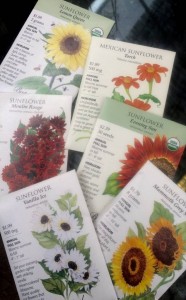






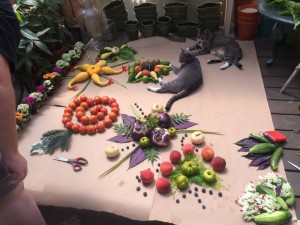






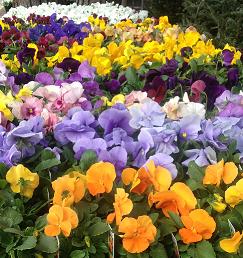

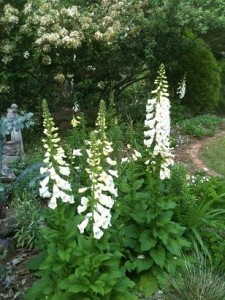 Start with pansies and violas for beds and planters, then add supporting players. Some of the prettiest additions to your winter/early spring garden are
Start with pansies and violas for beds and planters, then add supporting players. Some of the prettiest additions to your winter/early spring garden are 
 One of our growers called the other day, offering a few trays of a plant called Malabar Spinach. “It’s a heat tolerant green that we can grow in the summer,” she said. “It also grows like a vine with really big, spinach-like leaves and pretty ornamental red stems.” Well, how could I resist that? I ordered a couple of trays, received them, and promptly planted some in a couple of combination planters.
One of our growers called the other day, offering a few trays of a plant called Malabar Spinach. “It’s a heat tolerant green that we can grow in the summer,” she said. “It also grows like a vine with really big, spinach-like leaves and pretty ornamental red stems.” Well, how could I resist that? I ordered a couple of trays, received them, and promptly planted some in a couple of combination planters.









